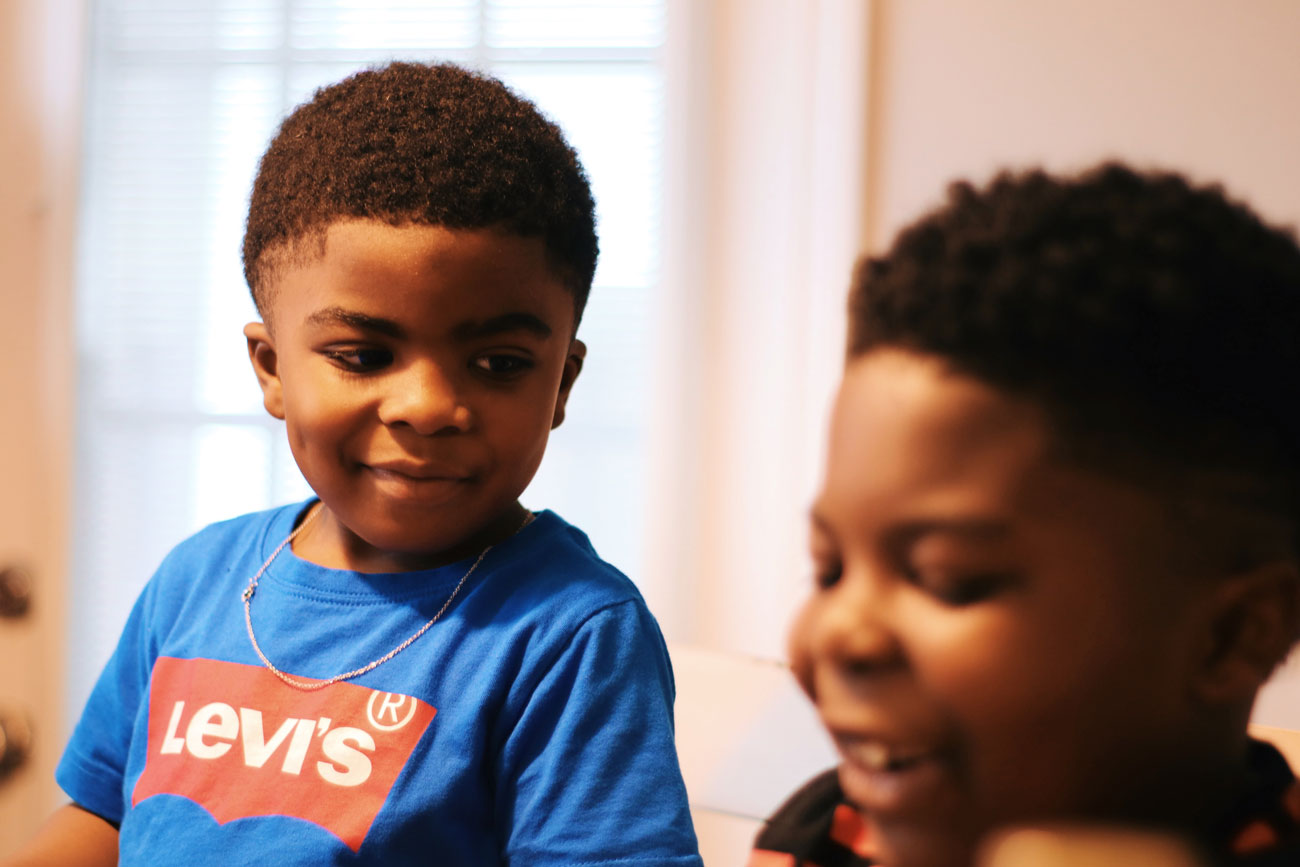
Looking Through a Trauma Informed Lens: Part 1
Stress and trauma can significantly impact the emotional wellbeing of children and influence the way they interact with others, form relationships, and engage in different environments. Exposure to repeated or long-lasting stressful situations may impact a child’s health and development. When this happens, the brain shifts to a heightened state of survival and instead of growing and learning, focuses on survival: simply staying alive, safe and meeting basic needs.
What is stress?
Stress is a state of mental or emotional strain/tension resulting from adverse or very demanding circumstances. Stress can be associated with negative and positive experiences.
What is trauma?
Sometimes we have experiences that are far beyond our ability to manage. These experiences, if left unsupported or experienced for long periods, can be traumatizing. Trauma is a lasting emotional response to the impact of reoccurring negative experiences associated with danger, harm, neglect and/or abuse and may persist even after the experience has ended. Feelings associated with trauma can leave lasting effects on a child’s emotional, social, physical and cognitive development, making it difficult for children to reach their full potential.
Understanding childhood trauma and the impact this has on children’s brain function will help adults respond to the needs of children through a trauma informed lens.
Think of the brain in three parts:
Consider the child’s brain in three parts that work together to create a child’s identity, relationships with others and responses to life’s experiences.
- Survival Brain keeps us safe at all costs. It controls our instinctive responses for survival, and does so through fight, flight, or freeze responses.
- Emotional Brain is responsible for our emotional experience – how we emotionally assess or judge a situation and respond or engage.
- Thinking Brain is responsible for rational thought and higher cognitive functions. Examples of higher functions include:
- concentration, organization, judgement, reasoning, problem solving, decision-making, emotional regulation, thinking before responding
- social skills and reading social cues
- abstract thinking and memory
- language, empathy, and creativity
How do these parts of the brain work together?
The thinking brain is responsible for our personality, sense of humour, ability to interact, form relationships and show empathy towards others. This helps children manage tricky situations faced in life. This thinking brain receives information from experience, analyzes and communicates this analysis to the emotional brain. The emotional brain determines how to feel and respond. If a threat is determined, the emotional brain communicates this information to the survival brain activating a survival response to the situation or experience.
What happens to the brain when we experience stress and trauma?
When a person experiences a stressful or traumatic experience, this threat activates the survival brain. Staying safe is typically the immediate response. For example, if there is a tiger at our door ready to pounce, we are not reviewing our shopping list in our minds; we need activation NOW, to get away and be safe. We need our survival brain to react.
Why is prolonged stress and trauma a problem?
The problem arises when the brain is in a constant state of survival. When the survival brain is activated, the thinking brain shuts off. During this time, the emotional brain takes cues from the survival part of the brain and goes into “danger mode”, expressing emotional responses such as, fight, flight, or freeze. When the thinking brain shuts off, this prevents the child’s ability to store and access all of the skills needed for learning. If the thinking brain is deactivated, we cannot use any of the skills that will help the situation and cannot learn new skills. This is especially risky for children when their learning and development is interrupted. Potential lifelong risks for children experiencing prolonged stress and trauma may include:
- Cognitive or learning delays
- Difficulties interacting with others and forming positive relationships
- Emotional and self-regulation difficulties
- Physical illnesses
What can we do?
The brain grows through experience. If a child has learned through the experience of stress and hardship, they can re-learn through different types of experiences, such as nurturing, attentive, and caring relationships and connections. Consistent, predictable, nurturing, and patient relationships with familiar adults can help calm a child and support them to feel safe. When this happens, they may grow and develop to their fullest potential.
Written by Amanda Boyd, BA, CYC, CTP; Behaviour Consultant, Lumenus Community Services, Every Child Belongs
References
Brous, K. (2018) Developmental Trauma: What you Can’t See. Retrieved on June 8, 2020 from https://www.acesconnection.com/blog/developmental-trauma-what-you-can-t-see
Dowshen, S (2015) Childhood Stress. Retrieved on June 8, 2020 from https://kidshealth.org/en/parents/stress.html
Hughes, D.A., Golding, KS, Hudson, J (2019) Healing relational trauma with attachment-focused interventions: Dyadic developmental psychotherapy with children and families. WW Norton
Hughes, D.A., Golding, KS, Hudson, J (2019) Healing relational trauma with attachment-focused interventions: Dyadic developmental psychotherapy with children and families. WW Norton
Kirby, S (2020) Fight Flight Freeze: How To Recognize It And What To Do When It Happens. Retrieved on June 8, 2020 from https://www.betterhelp.com/advice/trauma/fight-flight-freeze-how-to-recognize-it-and-what-to-do-when-it-happens/
Perry, B. D. (2006). Applying Principles of Neurodevelopment to Clinical Work with Maltreated and Traumatized Children: The Neurosequential Model of Therapeutics. In N. B. Webb (Ed.), Social Work Practice with Children and Families. Working with traumatized youth in child welfare (p. 27–52). Guilford Press.
Purvis, KB, Cross DR, Dansereau DF, Parris SR. (2013) Trust-Based Relational Intervention (TBRI): A Systemic Approach to Complex Developmental Trauma. Retrieved June 11, 2020 from https://www.ncbi.nlm.nih.gov/pmc/articles/PMC3877861/
Siegel, DJ (2010) Mindsight: The New Science of Personal Transformation. New York, NY: Bantam Book. Excerpt of: Hand Model of The Brain retrieved June 15, 2020 from https://www.psychalive.org/minding-the-brain-by-daniel-siegel-m-d-2/
Van Der Kolk, B (2015) The Body Keeps the Score: Brain, Mind, and Body in the Healing of Trauma. Penguin Books
